Low Corrosion Marking: Is a Low-Chloride/Low-Halogen Product Enough to Ensure Safety and Compliance?

Would you find it hard to believe that a seemingly simple ink marker could be responsible for the jobsite shutdown of two under-construction nuclear power plants?
Like many industries, such as shipbuilding, military and aerospace, nuclear power generation utilizes many established specifications to ensure that the highest levels of safety, quality and performance are being met on that project. So when it was discovered that the marker being used on the jobsite wasn’t fully compliant with the specifications for the project, construction abruptly came to a halt.
What Went Wrong?
Due to the increasingly sensitive nature of these industries, more and more attention is focused on the materials used in their construction. Upwards of 90 percent of all jobsites use multiple types of markers every day for a wide range of applications, yet little time is typically spent considering how those markers can positively or negatively affect a project.
Whether ink or paint, markers create a permanent mark by leaving a dye or a mixture of various resins and pigments directly on the surface of a metal. This direct contact allows for the interaction of any number of elements or compounds, some of which can cause gradual to rapid formation of pitting, intragranular and galvanic corrosion of the material.
Because so many of these industries work with materials that are required to withstand extreme temperatures, pressures and materials, any general degradation of those materials can lead to catastrophic failures. The engineers at these two jobsites recognized the potential dangers. The safest answer – the only answer – was to close the sites until a solution could be found.
When Low-Chloride/Low-Halogen Isn’t Enough
The most commonly sought marking products in these challenging environments are labeled as “Low Chloride” or “Low Halogen.” Halogens are a group of elements consisting of fluorine, chlorine, bromine, iodine, and astatine that, when in contact with water , form acids. Not only do these halogens easily bypass the passive films found on materials like stainless steel, the acids formed can rapidly corrode the metal with which it comes into contact.. Because halogen, and specifically chlorides, are often highlighted as being the primary culprits in causing corrosion from markers, it is easy to assume that they will not lead to unwanted corrosion of a metal. The fact is that there are many other chemicals in the ink or paint that have the ability to cause the same unwanted degradation of the metal, and it is important to identify these other prominent areas of risk.
Galvanic corrosion is caused when two dissimilar metals are touching in the presence of an electrolyte. This can commonly be seen when copper and certain steels come into contact for long periods of time. Some of the chemicals in inks or paints can be high in certain metals that are dissimilar to the surface material and can quickly cause the effect to occur. In addition to these metals, sulfur is one of the more commonly found compounds that in various formulations can also cause corrosion, but in a different manner. When in contact with water or steam, for example, sulfur can turn it highly acidic, and this reaction intensifies at temperatures higher than 176°F (80°C). This acidification can rapidly degrade the metal, weaken welded components and potentially create any number of highly dangerous situations.
Many markers labeled as being “Low-Chloride” or “Low-Halogen” utilize a series of tests to determine the parts per million (ppm) of the chemicals in the formulation to determine if they meet levels required to be generally accepted for use on metals. Because there is no industry standard for maximum chloride or halogen content, these can vary by manufacturer, and claims are based upon what is often called a “typical analysis.”
It is important to note that although these analyses provide details for both chloride and halogen content, they may not have test information for certain metals or sulfur, and those tests can often be several years old. If information isn’t available for these other chemicals, users may be lured into a false sense of security that their products are free of all corrosion causing compounds. This simply isn’t the case.
Ensuring Safety & Compliance
Whether you are in need of a product that can meet an industry or written specification with stated ppm limits on multiple corrosion causing chemicals or looking for a product that is safer for use on stainless steel and alloys, education is of the upmost importance. Asking the right questions and obtaining the right information can help to avoid costly issues on the jobsite. There are two steps that should always be taken to help keep the jobsite both safe and compliant:
- Verify if the manufacturer produces its product in-house and has direct manufacturing control over its formulation. Many brands have outside manufacturers for their products and have no control over the contents, which could lead to vast differences on a batch-by-batch basis.
- Make sure that your markers are truly “Low Corrosion” products. A full analysis should be available through the marker manufacturer’s website or customer service department. It is important to verify that the products you are using test for sulfur and other potentially problematic metals, such as copper, and not just halogens.
For the more sensitive and regulated industries that have pre-identified specifications for coatings, even these products may not be sufficient to meet the requirements of the job. Many of the more commonly referenced specifications such as the nuclear RDT F-7-3T, U.S. Military MIL –STD-2014D, European EDF PMUC, and U.S. Navy C7030 require an individual batch analysis that can be tied to a specific lot code on the product for record keeping. For these applications, a standard “Low Chloride/Halogen” marker is typically not sufficient enough to meet these requirements. For these instances, a certified product is required. The difference is that a certified product comes with a full, recent analysis that includes the exact ppm of all halogens, other potentially problematic metals, and sulfur tied to an exact lot code printed on the product. This ensures peace of mind that the product is sufficiently low in corrosion causing chemicals and allows for full compliance with the lot-traceable analysis.
In the large scope of many projects, marking tends to be one of the least considered aspects of a job; however, in truth, marking products can quite literally mean the difference between a successful job and a potentially dangerous situation. To avoid many of the dangerous ramifications of using the wrong marking tools, asking the right questions and having the right information is a key to job success.
This article was originally published in the July 2015 Issue of IMPO Magazine
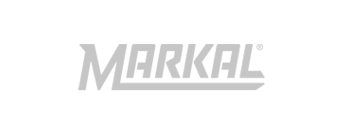
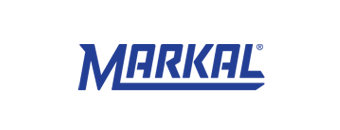
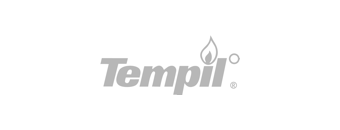
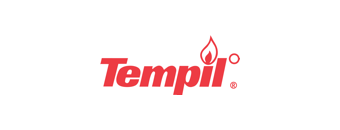


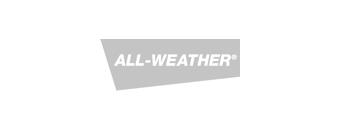
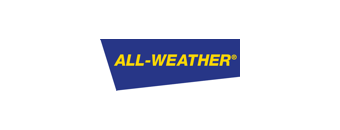











Comments 1
sharon
dear sir,
please quote for below.markal low chloride low halogen 1.5mm tipe size used for stainless steel - 24 pcs
regards
sharon